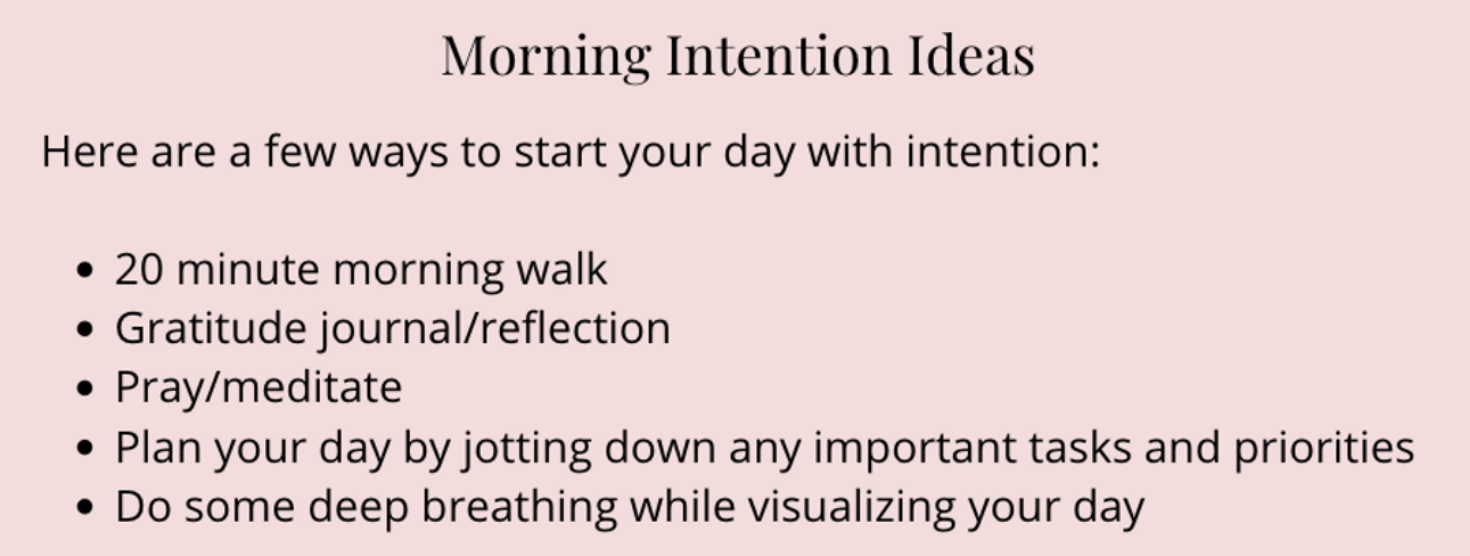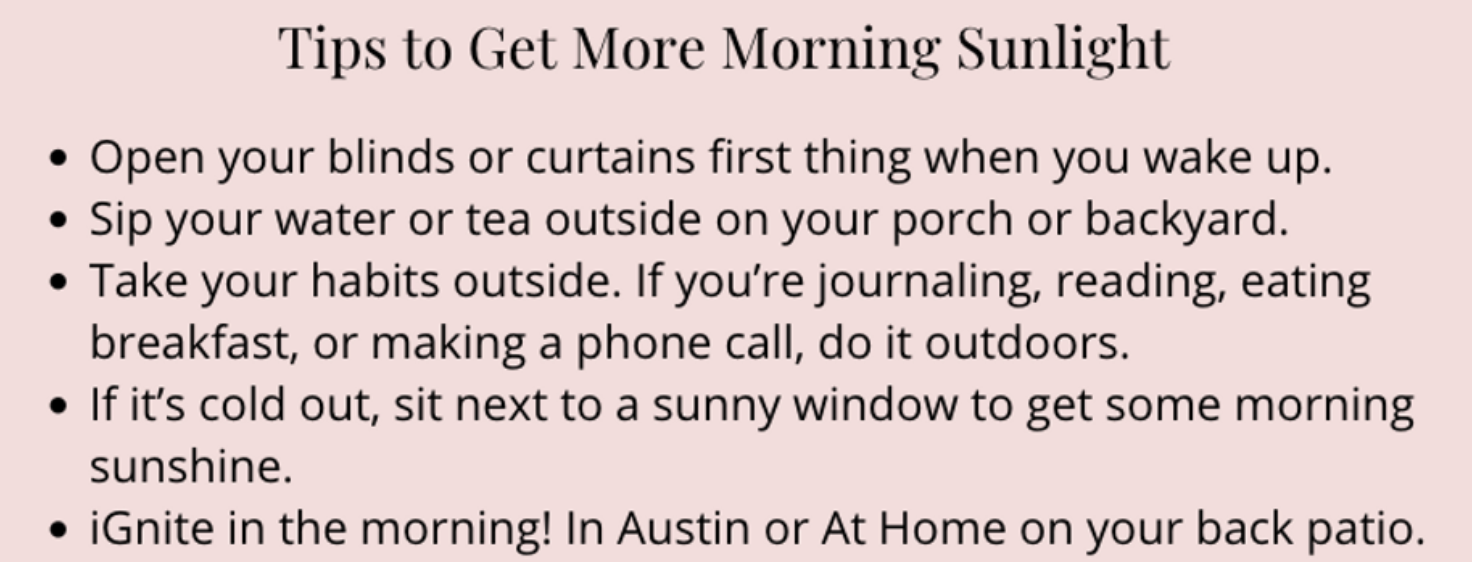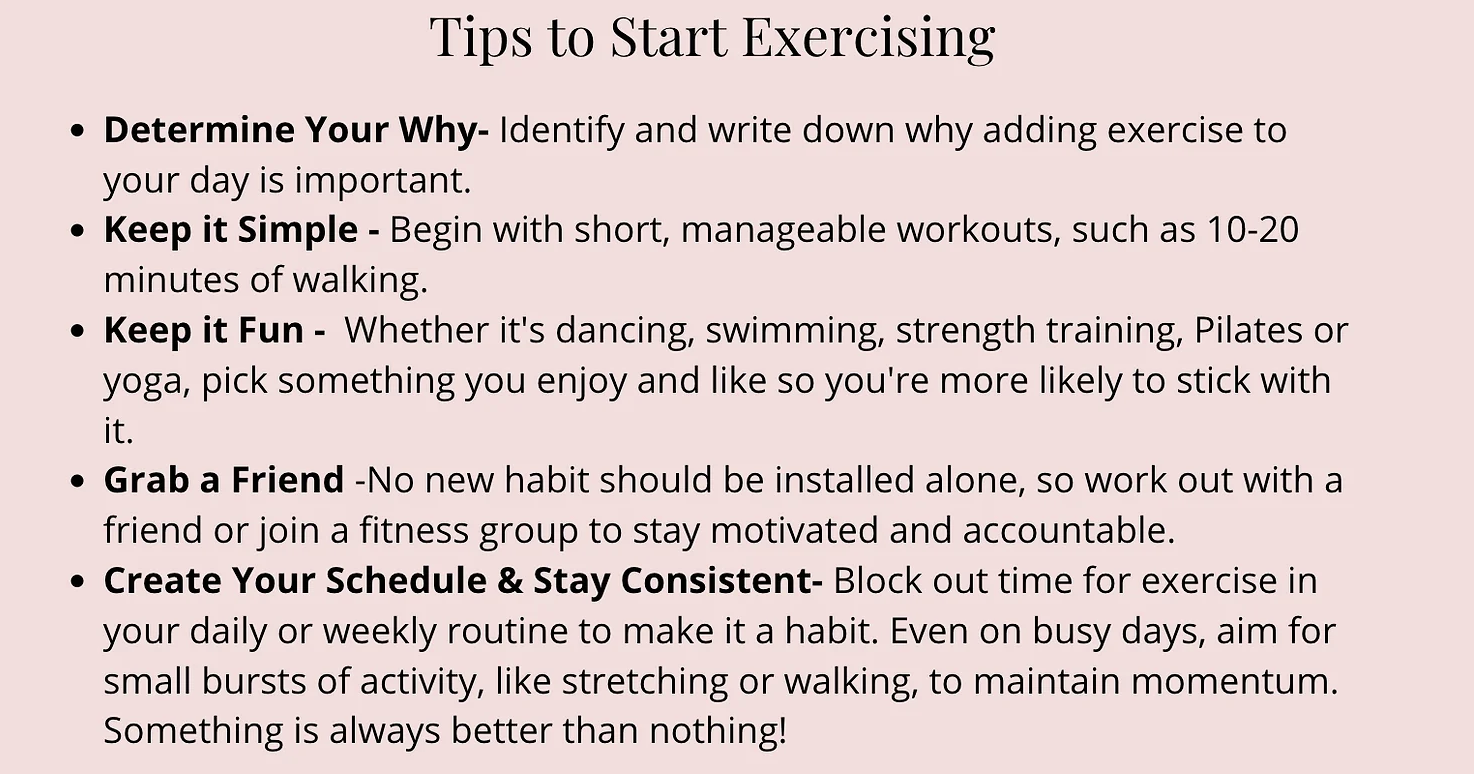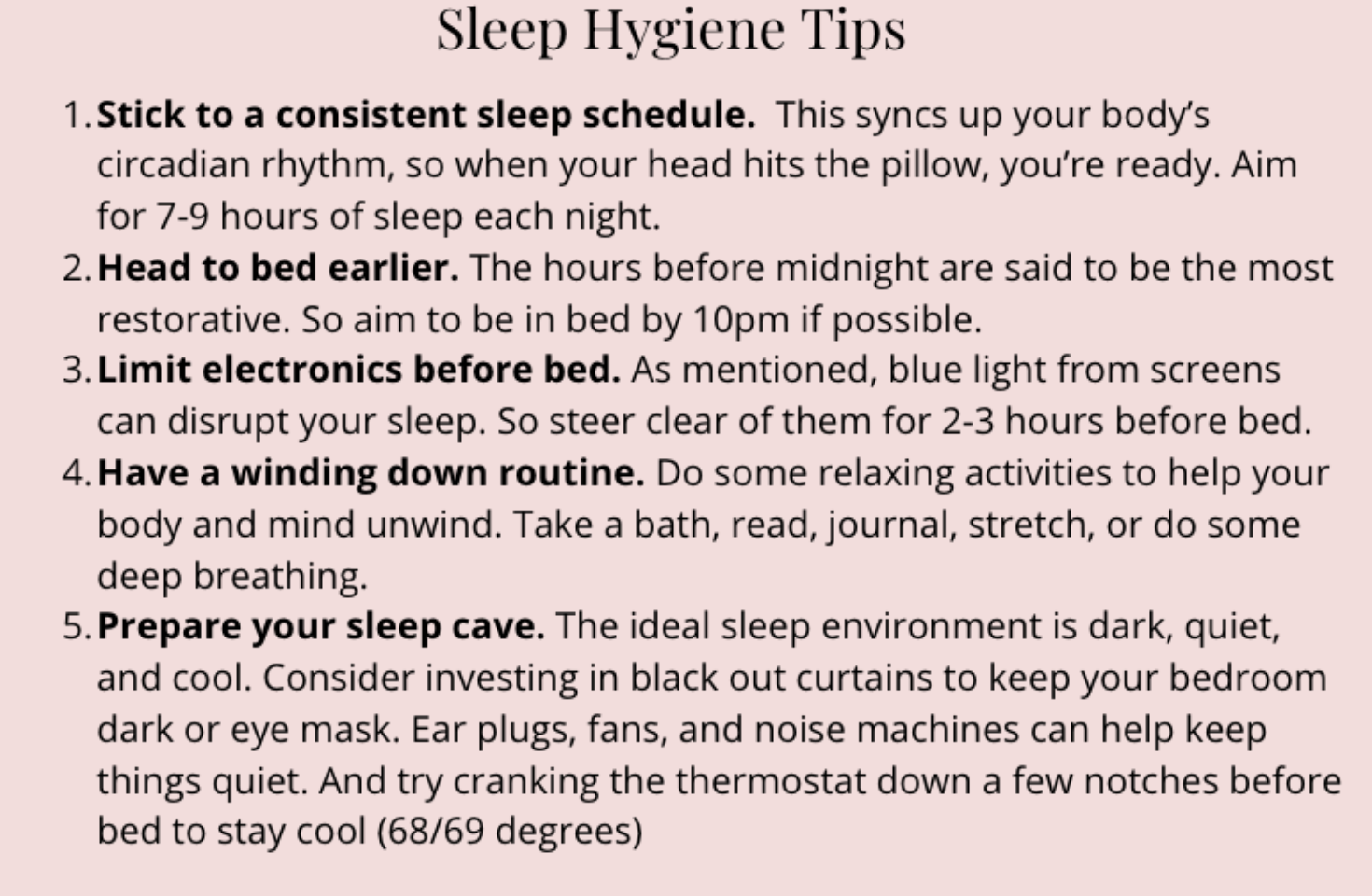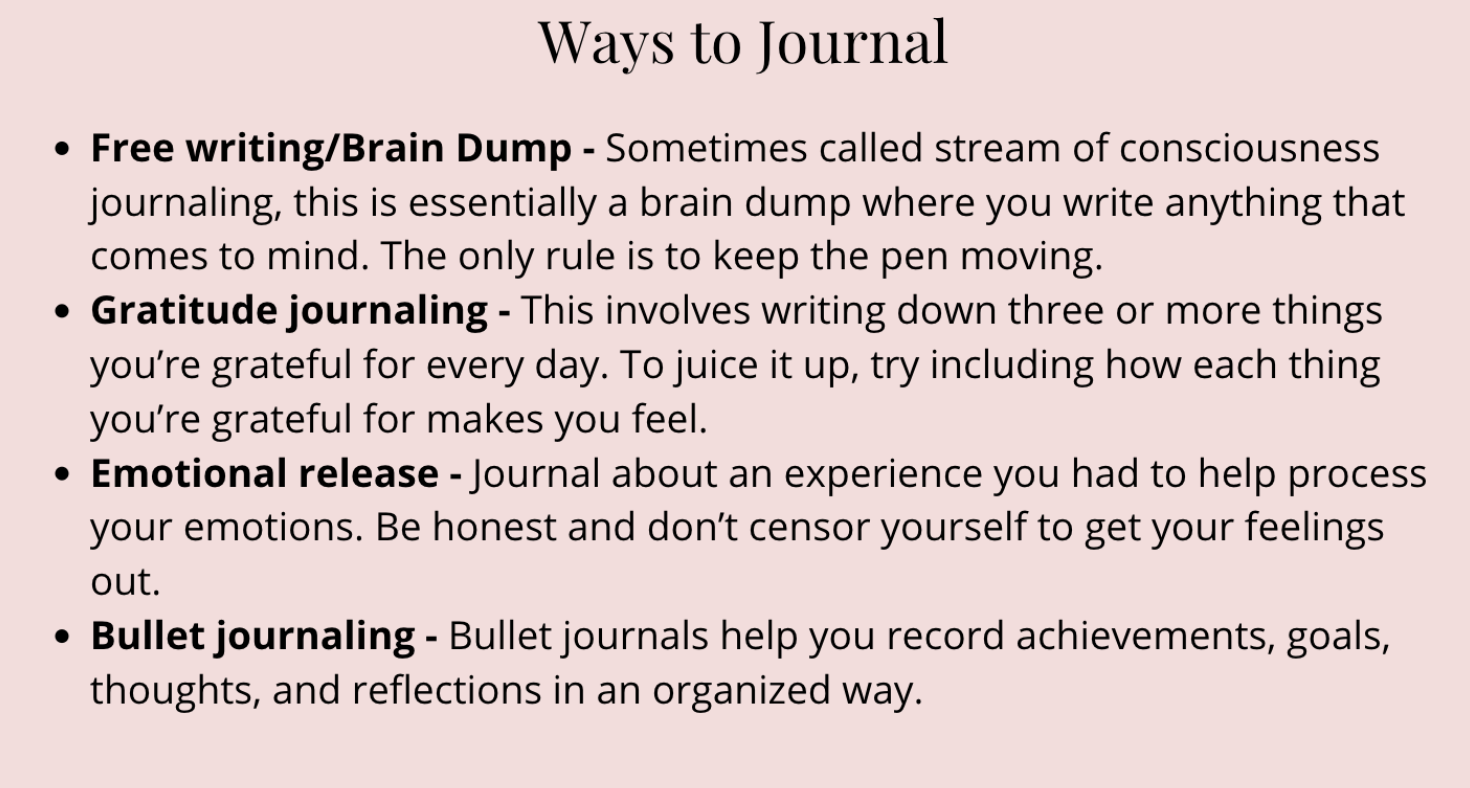Managing Your Cortisol Levels: How to Take Control of the Stress Hormone
It’s no secret that stress runs rampant nowadays. Between hectic work schedules, bills, traffic, and mile-long to-do lists, there’s a lot to stress about! How do our bodies respond to all that stress? Cortisol.
Have no fear! While you can’t get rid of stress altogether, you can change your lifestyle to help manage your cortisol levels. But first, what exactly is cortisol?
Cortisol 101 and How to Manage Your Cortisol Levels
Cortisol is your body’s main stress hormone. It’s released from the adrenal glands and triggers your body’s “fight or flight” response.
Cortisol comes in handy in short bursts. It gives you a boost of energy so you can run from danger or fight off a predator. Ideally, once the stressor passes, cortisol dips back down.
The problem is, modern life throws stress at us every day. This can cause us to get stuck in a chronic stress response, where cortisol stays high non-stop.
But together, we’ll cover 7 habits that will help you manage your cortisol levels, build your stress resiliency and get cortisol back in a healthy range.
Habit 1: Setting Intentions
Much like your sleep-wake cycle, your cortisol levels follow a natural rhythm. It peaks in the morning and falls throughout the day, reaching its lowest point around midnight.
Within an hour of waking, cortisol levels are at their highest. This is known as the “cortisol awakening response” -- or CAR for short. This helps you feel alert and focused, so you can get started with your day.
But there is a downside...
High cortisol levels in the morning can make you more prone to anxiety. This can make it easy to go into worry-mode right away.
The solution? Start your morning off, intentionally and with a plan.
Setting clear intentions helps you get in a positive mindset for the day and direct your energy towards the most important tasks. This can help ease any morning anxiety.
Habit 2: Morning Sunlight
Morning sun exposure is one of the easiest ways to help your cortisol and circadian rhythm get in sync. Morning sunlight suppresses the sleep hormone melatonin and increases cortisol. When you’re trying to wake up in the morning, this is an ideal mix.
Morning sun exposure is even shown to lower cortisol levels later in the day. This can help you fall asleep more quickly and improve sleep quality.
But that’s not all. Morning sunlight triggers a cascade of positive feel-good chemicals, including serotonin.
That’s why regular morning exposure can have an antidepressant effect.
If possible, try to get sunlight within 30-60 minutes upon waking. Aim for 5-10 minutes if you can. But even 1-2 minutes is better than nothing!
Habit 4: Exercise
Perfectly stated from an excellent article in Runner's World: "Exercise is a stressor. When you start breaking a sweat, that “serves as a robust activator of the neuroendocrine system, provided that the exercise is of sufficient volume (i.e., intensity and/or duration),” according to research published in the Expert Review of Endocrinology & Metabolism.
Physiologically, exercise causes a chain reaction that stimulates cortisol
production: The brain’s hypothalamus secretes certain hormones in response to exercise, which activates the anterior pituitary, which
controls the function of several other endocrine glands and eventually stimulates the adrenal glands to release cortisol, explains Mullner.
When your body starts to feel the stress of moderate- to high-intensity exercise, your cortisol levels do increase—but it’s a short-term surge that serves a larger purpose. “Stimulating the release of cortisol through regular exercise is an excellent and healthy way to regulate your stress response,” says Rothstein. “It’s a dose-response relationship: The body learns the appropriate amount of cortisol to release in response to various levels of stress by experiencing various levels of healthy stress.”
Habit 5: Cut Back Caffeine
Caffeine can help you kickstart your day with a quick jolt of energy. But if you’re stressed, you may want to rethink your morning coffee routine.
Caffeine increases cortisol levels. And as we've learned, upon waking, cortisol levels are already at their peak. Drinking too much caffeine can raise cortisol levels even further. This may help pep you up in the morning. But if you consume it too late, it can disrupt your circadian rhythm. This can lead to poor sleep, which causes your body to produce even more cortisol during the day.
Drinking caffeine can also create dependency where you rely on it for energy. If you can’t imagine nixing caffeine altogether, just try cutting back. The tips below may help...
Habit 6: Prioritize Sleep
Quality sleep is a must if you want to keep your stress and cortisol in check. Lack of sleep and poor sleep can elevate cortisol levels during the day.
The trouble is, when you’re stressed, you often have trouble sleeping. You may find it harder to fall asleep or wake up earlier than you’d like. Luckily, you can improve the quality of your sleep by practicing good sleep hygiene.
Habit 7: Limit Blue Light
Did you know that the average person spends close to 7 hours staring at electronic devices each day? Nuts right? While this technology can be amazing, it can also affect your health.
Electronic devices like laptops, cell phones, and TVs emit blue light. We also get blue light exposure naturally from sunlight. But blue light from screens confuses your circadian rhythm - your body’s sleep-wake cycle. Especially if you use these devices in the evenings once the sun has gone down.
Blue light suppresses the release of the sleep hormone melatonin. But it also increases cortisol levels, which is NOT ideal for a restful slumber.
Habit 8: Journaling/Brain Dump
Journaling is one of the best ways to reflect, ditch stress, get your mind on gratitude and set yourself up for a more peaceful day and/or restful nights sleep. Starting your day journaling, or when your mind is busy and you can't fall asleep, getting it all out on the page can help your mind relax. That's what we call a "brain dump".
Journaling or brain dump doesn't have to be eloquent, thoughtful or beautiful, because no one will read it. The exercise is for you to get whatever is causing you stress or anxiousness out of your body, heart or mind and onto a piece of paper. This exercise can help you tap into your desires, gain clarity, problem solve, and can be cathartic.
Already have a journaling practice that’s working for you? Amazing! Keep it up. But if you’re new to journaling or want to mix things up, here are a few journaling practices to try:
– The Brain Dump: Set a timer for 5-10 minutes and write down everything on your mind—no filter, no structure, no editing. Just let it pour out.
– Prompt-Based Journaling: Use simple prompts like “What’s one thing I’m avoiding?”, “What do I need right now?”, or “What would my ideal day look like?” to guide your thoughts.
– Gratitude Lists: End or begin your day listing 3-5 things you’re grateful for. It’s a small shift that can bring big perspective.
– Emotion Tracking: When you feel off, anxious, or overwhelmed, write down exactly what you’re feeling and why. Sometimes naming the emotion helps you release it.
Try one for a few days and see what sticks. Journaling is personal—there’s no right way to do it, just your way.
Habit 9: Supplements
Implementing the habits we’ve covered so far should go a long way into regulating your cortisol levels. However, certain supplements can also support healthy cortisol levels and help build your resilience to stress.





